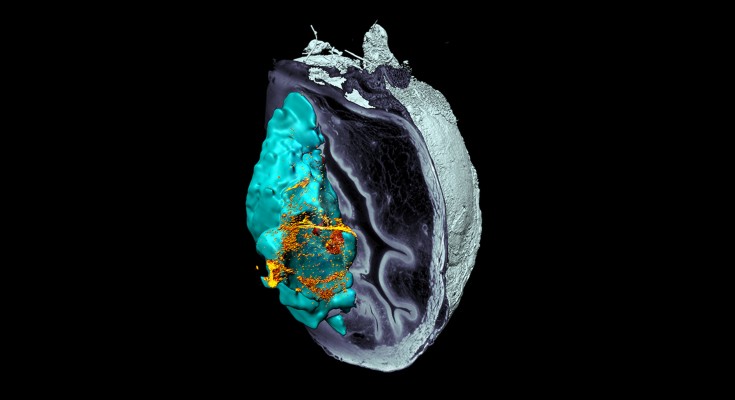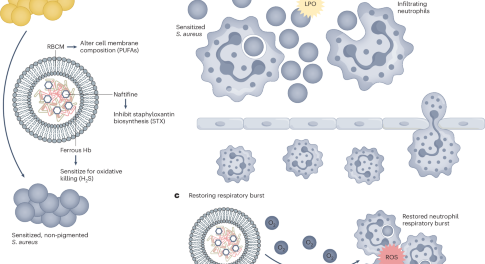
In our April 2024 issue
Controlling van der Waals gaps, Tailored assembly of matter, Nanofabricated soft microrobots, Transparent graphene arrays, ROS and RNS nanosensors, Nanobots for cancer therapy & more,...

Controlling van der Waals gaps, Tailored assembly of matter, Nanofabricated soft microrobots, Transparent graphene arrays, ROS and RNS nanosensors, Nanobots for cancer therapy & more,...

A method for overcoming antibiotic resistance uses multimodal nanoparticles that target bacterial defence mechanisms while enhancing the innate immune response.
